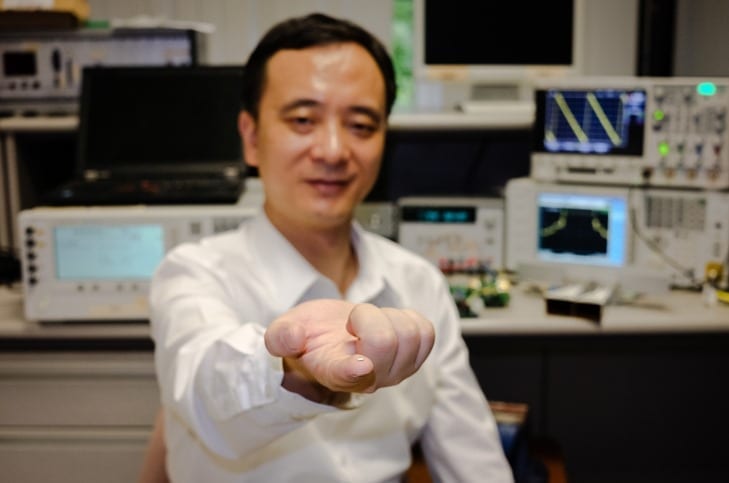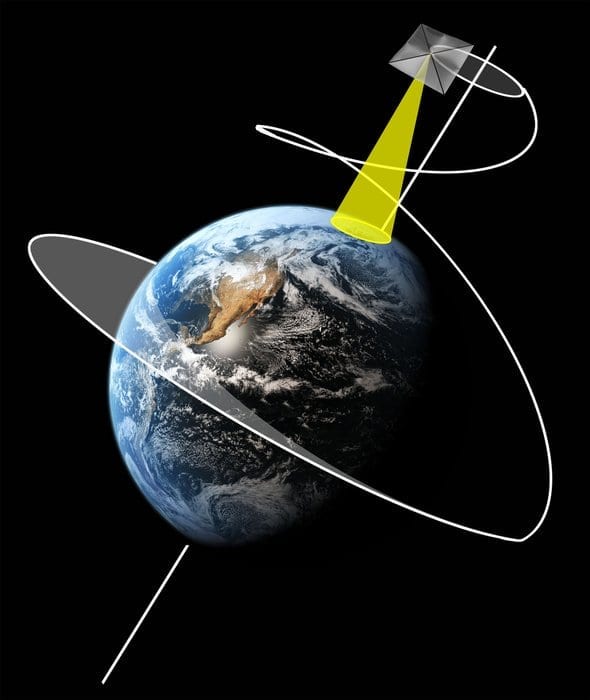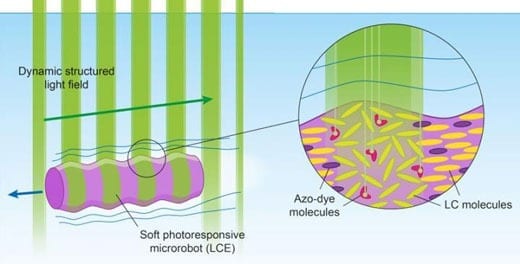
Scientists at Nanyang Technological University, Singapore (NTU Singapore) have developed a chip that allows new radar cameras to be made a hundred times smaller than current ones.
With this NTU technology, radar cameras that usually weigh between 50 kg and 200 kg and are commonly used in large satellites can be made to become as small as palm-sized.
Despite being small, they can produce images that are of the same high quality if not better compared to conventional radar cameras. They are also 20 times cheaper to produce and consume at least 75 per cent less power.
Developed over the past three years at NTU, the promising technology has already secured S$2.5 million in research funding from Singapore government agencies.
The radar chip has attracted the attention of several multinational corporations, and is now being researched for use in Unmanned Aerial Vehicles (UAVs) and satellite applications.
Assistant Professor Zheng Yuanjin from NTU’s School of Electrical and Electronic Engineering who led the research, said that the size and effectiveness of the chip will open up new applications not possible previously.
“We have significantly shrunk the conventional radar camera into a system that is extremely compact and affordable, yet provides better accuracy. This will enable high resolution imaging radar technology to be used in objects and applications never before possible, like small drones, driverless cars and small satellite systems,” said Asst Prof Zheng.
Advantages over current technology
Current radar camera systems are usually between half and two metres in length and weigh up to 200 kg. They cost more than US$1 million on the market and can consume over 1000 watts in electricity per hour, the energy equivalent of a household air-conditioning unit running for an hour.
Known as Synthetic Aperture Radar (SAR), these large radar cameras are often carried by large satellites and aircrafts that produce detailed images of the Earth’s surface. Objects longer than a metre, such as cars and boats, can be easily seen by the radar camera mounted on an aircraft flying at a height of 11 kilometres.
Unlike optical cameras which cannot work well at night due to insufficient light or in cloudy conditions, a radar camera uses microwaves (X-band or Ku-band) for its imaging, so it can operate well in all weather conditions and can even penetrate through foliage.
These detailed images from radar cameras can be used for environmental monitoring of disasters like forest fires, volcano eruptions and earthquakes as well as to monitor cities for traffic congestions and urban density.
But the huge size, prohibitive cost and energy consumption are deterrents for use in smaller unmanned aerial vehicles and autonomous vehicles. In comparison, NTU’s new radar chip (2mm x 3mm) when packaged into a module measures only 3cm x 4cm x 5cm, weighing less than 100 grams.
Production costs can go as low as US$10,000 per unit, while power consumption ranges from 1 to 200 watts depending on its application, similar to power-efficient LED TVs or a ceiling fan.
It can also capture objects as small as half a metre which is twice as detailed as the conventional radar camera used in large aircrafts or satellites.
Potential applications of the new radar chip
Asst Prof Zheng said that when mounted on UAVs, it can take high quality images on demand to monitor traffic conditions or even the coastlines for trespassers.
“Driverless cars will also be able to better scan the environment around them to avoid collisions and navigate more accurately in all weather conditions compared to current laser and optical technologies,” he added.
“Finally, with the space industry moving towards small satellite systems, such as the six satellites launched by NTU, smaller satellites can now also have the same advanced imaging capabilities previously seen only in the large satellites.”
Large satellites can weigh up to 1,000 kg, but microsatellites weigh only 100 to 200 kg.
Learn more: New NTU microchip shrinks radar cameras to fit into a palm
The Latest on: Radar cameras
[google_news title=”” keyword=”radar cameras” num_posts=”10″ blurb_length=”0″ show_thumb=”left”]
via Google News
The Latest on: Radar cameras
- Watch out for red light and photo radar cameras on King Edward Avenueon May 9, 2024 at 4:30 am
Motorists will want to watch out for cameras on a one-kilometre stretch of King Edward Avenue, where photo radar and red light cameras have caught thousands of drivers so far this year.
- Hattiesburg school zone camera pilot program continueson May 8, 2024 at 6:53 pm
It’s been three weeks since the Hattiesburg Police Department started it’s pilot program for hand-held radar cameras in school zones.As of now, HPD officers using the radar guns are posted up on the ...
- Bishop burglar caught on camera, turns into pursuiton May 8, 2024 at 9:52 am
but I’m the only person who caught it on camera, and that’s kind of scary,” Rivera said. Rivera’s call is what got Garcia back on the police’s radar. Garcia had prior theft and burglary cases in the ...
- The best cheap camera sales and deals for May 2024on May 7, 2024 at 5:00 pm
It's worth checking out the value of a cheap camera deal before diving into the world of high-end lenses. You can easily blow a massive budget on the best of the best, but if you're just dipping ...
- Why doesn’t California install cameras along freeways to record traffic violations?on May 7, 2024 at 7:30 am
Cameras are used by Caltrans to monitor traffic conditions, such as delays and congestion, however, they don’t record anything and only offer a live feed, Amy Bentley writes.
- This AI 'poetry camera' shoots haikus instead of photos – and that’s way more interesting than megapixelson May 6, 2024 at 9:00 am
If the intriguing 'poetry camera' were in my hand now, that’s the kind of end product it could reveal on its tiny scroll of paper, rather than a pixelated thermal-printed image of my messy desk in a ...
- Ottawa photo radar camera on road connecting Ontario-Quebec issues 7,500 speeding tickets in one monthon May 6, 2024 at 3:45 am
Newly released statistics show the photo radar camera on King Edward Avenue, between Cathcart Street and St. Patrick Street, issued 7,569 tickets during its first month of operation in March.
- Lawlessness on I-95, Vero Beach streets: Add speed cameras. Get Congress on health careon May 6, 2024 at 2:08 am
Letters: Readers weigh in on local speeding issues and radar cameras that can write tickets; the need to pick a congressperson to focus on health care.
- FLIR Suggests Thermal Cameras for PAEBon May 2, 2024 at 4:41 pm
Teledyne FLIR, part of Teledyne Technologies Incorporated, today commends the National Highway Transportation Safety Commission (NHTSA) for finalizing a Federal Motor Vehicle Safety Standard that will ...
- Speed cameras working to slow down drivers, says City of Guelphon May 2, 2024 at 10:58 am
Photo radar cameras, rolled out in some Guelph school zones last year, slowed drivers down by an average of 20 per cent, the city reports. The city has four cameras, which are rotated through ...
via Bing News










